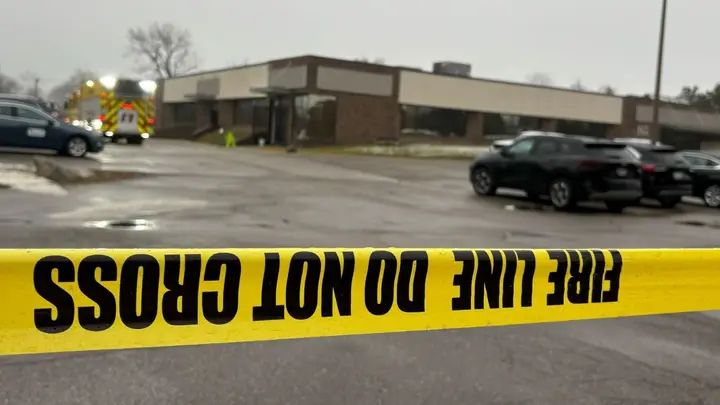Hyperbaric Chamber Incident: A devastating incident occurred on January 31, 2025, in Troy, Michigan, when a 5-year-old boy lost his life due to an explosion inside a hyperbaric oxygen chamber at The Oxford Center. The shocking event also left the boy’s mother with injuries. Authorities are actively investigating the cause of the explosion, which has raised concerns about the safety of hyperbaric therapy.

What Happened?
The incident took place around 8 a.m. while the young boy was undergoing hyperbaric oxygen therapy. Reports indicate that an explosion occurred inside the chamber, leading to fatal consequences. His mother, who was present at the scene, suffered injuries to her arms but survived the blast. Fortunately, no other individuals were harmed in the accident.
Latest Trending News
- Tatiana Schlossberg’s Terminal Cancer Diagnosis: A New Kennedy Tragedy and a Call for Better Cancer Research
- BNS 2023 – धारा 2(3) – “बालक” (Child)
- Cruz Azul vs Mazatlán: Jornada 1 Liga MX Apertura 2025 – A Battle of New Beginnings
- Rosie O’Donnell vs Donald Trump: Citizenship Controversy Sparks Constitutional Debate
- Air India Flight 171 Crash: Shocking Preliminary Report Reveals Engine Shutdown After Takeoff
Understanding Hyperbaric Oxygen Therapy
Hyperbaric oxygen therapy (HBOT) is a medical treatment where patients breathe pure oxygen in a pressurized environment. This therapy is used for treating various medical conditions, including:
- Decompression sickness
- Carbon monoxide poisoning
- Non-healing wounds
- Certain neurological disorders
Despite its recognized medical benefits, hyperbaric therapy involves risks, particularly when dealing with pressurized environments and oxygen-rich atmospheres that could lead to fire hazards or explosions under rare circumstances.
Investigations Underway
Authorities are currently conducting thorough investigations to determine what caused the explosion. Key areas of investigation include:
- Potential equipment malfunctions
- Oxygen system failures
- Possible human error
- Structural integrity of the hyperbaric chamber
The Oxford Center, which has provided hyperbaric therapy for over 15 years, has stated that nothing like this has ever happened before. They are cooperating with authorities to uncover the root cause of the explosion.
Safety Concerns with Hyperbaric Chambers
Although hyperbaric oxygen therapy is generally considered safe, accidents, though rare, can be catastrophic. Key safety protocols for hyperbaric chambers include:
- Regular maintenance and inspections
- Proper training for staff and users
- Ensuring no flammable materials are inside the chamber
- Monitoring oxygen levels to prevent pressure-related hazards
Medical experts emphasize the importance of stringent safety measures to prevent such tragedies in the future.
Community Reactions and Support
The tragic death of the young boy has deeply affected the Troy community. Local residents, medical professionals, and parents have expressed their condolences and concerns. Many are questioning whether additional safety regulations should be imposed on hyperbaric therapy facilities.
The Oxford Center released a statement saying, “The safety and well-being of the children we serve is our highest priority. We do not know why or how this happened and will participate in all necessary investigations.”
Legal and Regulatory Implications
The incident raises critical legal and regulatory questions regarding hyperbaric chamber safety. Authorities may consider:
- Stricter regulations for medical facilities offering HBOT
- Enhanced training for medical personnel handling hyperbaric treatments
- More frequent inspections and maintenance checks
Families affected by such incidents often seek legal action to determine liability and ensure justice for the victims.
Final Thoughts: Ensuring Future Safety
The tragic loss of a young life in this rare hyperbaric chamber explosion is a wake-up call for medical institutions and regulatory bodies. While hyperbaric oxygen therapy has proven benefits, its risks must be carefully managed to prevent further accidents. Ongoing investigations will hopefully provide answers, and necessary measures will be implemented to ensure patient safety in the future.
For now, the community mourns the loss of the young boy while advocating for increased safety standards in medical treatments involving pressurized oxygen environments.


